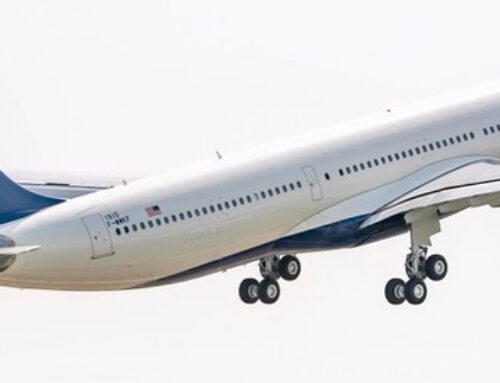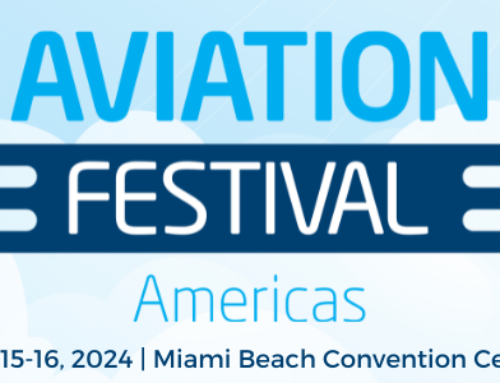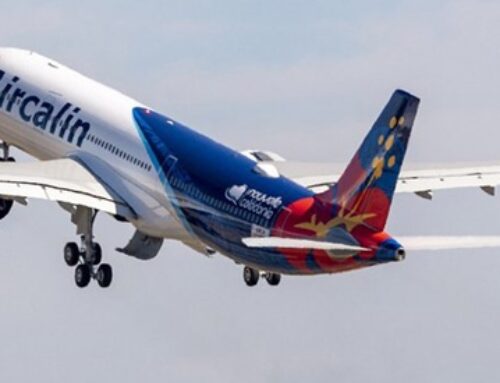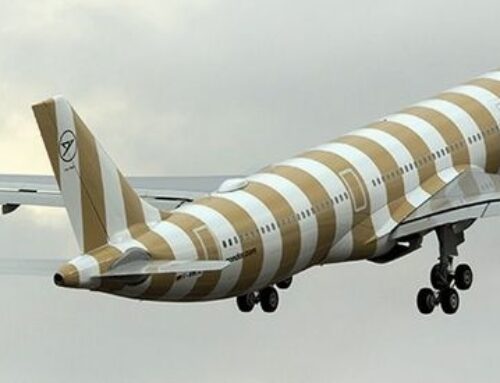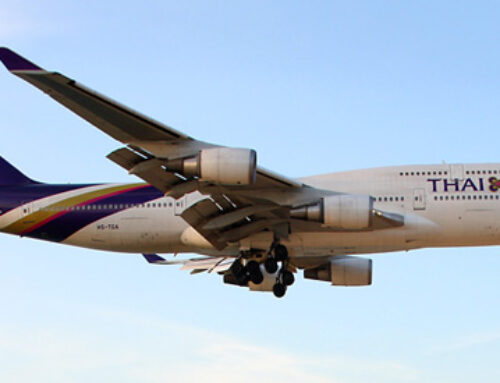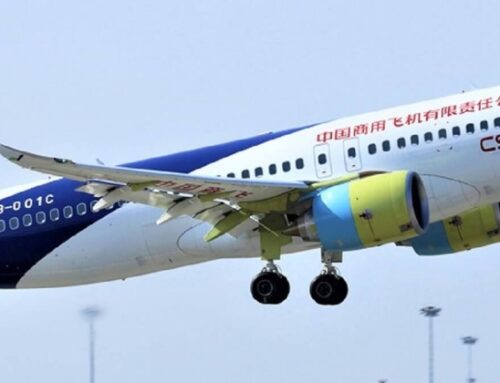
The highly anticipated Airbus A321XLR, initially designed with a range of 4,700 miles, is encountering challenges due to a new fuel tank safety feature. The safety considerations by the European Union Aviation Safety Agency (EASA) could potentially limit the aircraft’s range to 3,800 miles, which has raised concerns among airlines and industry observers.
As an evolution of the original A321, the A321XLR was hailed as a game-changer in the aviation industry. With its narrow-body design, it promised to enable airlines to operate long-haul flights more economically, and over 500 orders have been placed by more than two dozen carriers worldwide.
The issue revolves around a second fuel tank incorporated in the aircraft’s design. While Airbus is expected to make the necessary modifications to meet EASA’s safety requirements and secure certification, it comes at a significant cost to the manufacturer.
According to Reuters, Airbus and EASA have reached an agreement on the safety concerns, giving hope that the A321XLR can still fulfill its original purpose. The modifications will be carried out, but there is a lingering question about potential weight increases resulting from the changes. However, aircraft typically fly with extra fuel and weight allowances for unforeseen circumstances or emergency landings, mitigating some concerns.
Despite the challenges, Airbus remains optimistic that the A321XLR will debut as planned in 2024, opening up new possibilities for airlines to operate more efficient and cost-effective long-haul routes with narrow-body aircraft.
Sources: AirGuide Business airguide.info, msn.com, airbus.com

